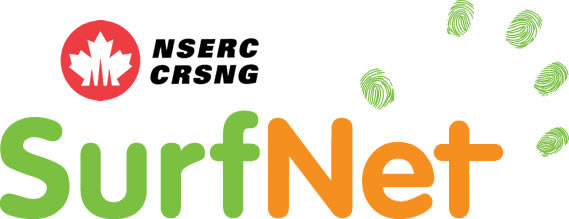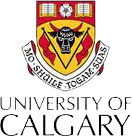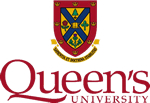Characterizing Gesture Patterns in Real-World Tabletop Collaboration
Description
Deictic gestures are ubiquitous when people work over tables and whiteboards, but when collaboration occurs across distributed surfaces, the embodiments used to represent other members of the group often fail to convey the details of these gestures. Although both gestures and embodiments have been well studied, there is still little information available to groupware designers about what components and characteristics of deictic gesture are most important for conveying meaning through remote embodiments. To provide this information, we conducted three observational studies in which we recorded and analysed more than 450 deictic gestures. We considered four issues that are important for the design of embodiments on surfaces: what parts of the body are used to produce a deictic gesture, what atomic movements make up deixis, where gestures occur in the space above the surface, and what other characteristics deictic gestures exhibit in addition to pointing. Our observations provide a new design understanding of deictic gestures. We use our results to identify the limitations of current embodiment techniques in supporting deixis, and to propose new hybrid designs that can better represent the range of behavior seen in real-world settings.
Images and Videos
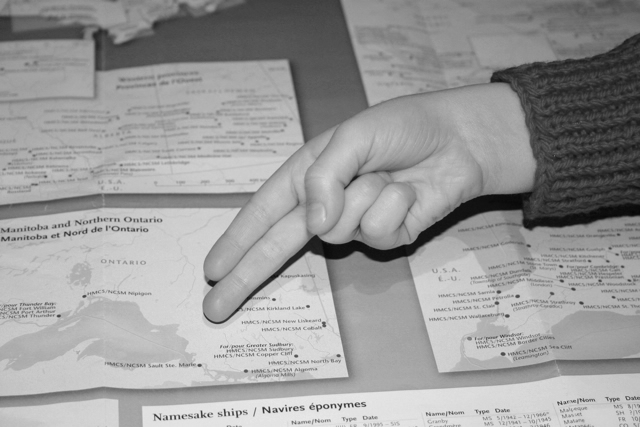
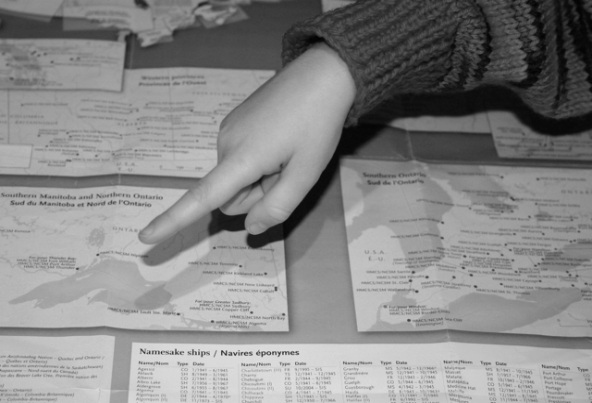
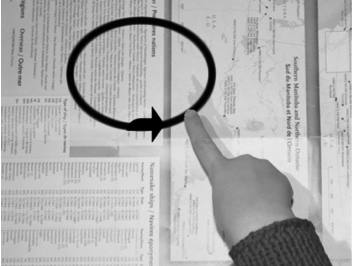
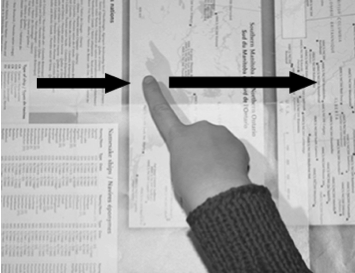
Publications
- Genest, A., and Gutwin, C., (2011) Characterizing Deixis over Surfaces to Improve Remote Embodiments, Proceedings of the European conference on CSCW (ECSCW 2011), Aarhus, Denmark, 253-271.
Partners
CFI – NSERC – SurfNet
 |
 |
 |
